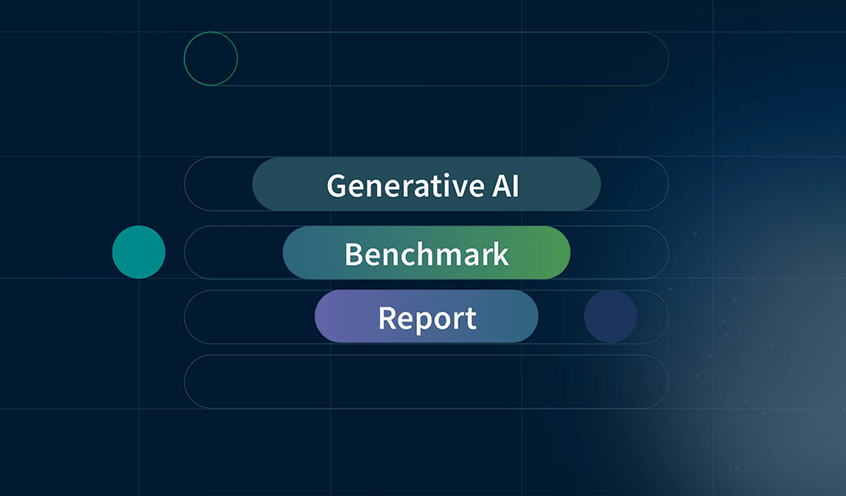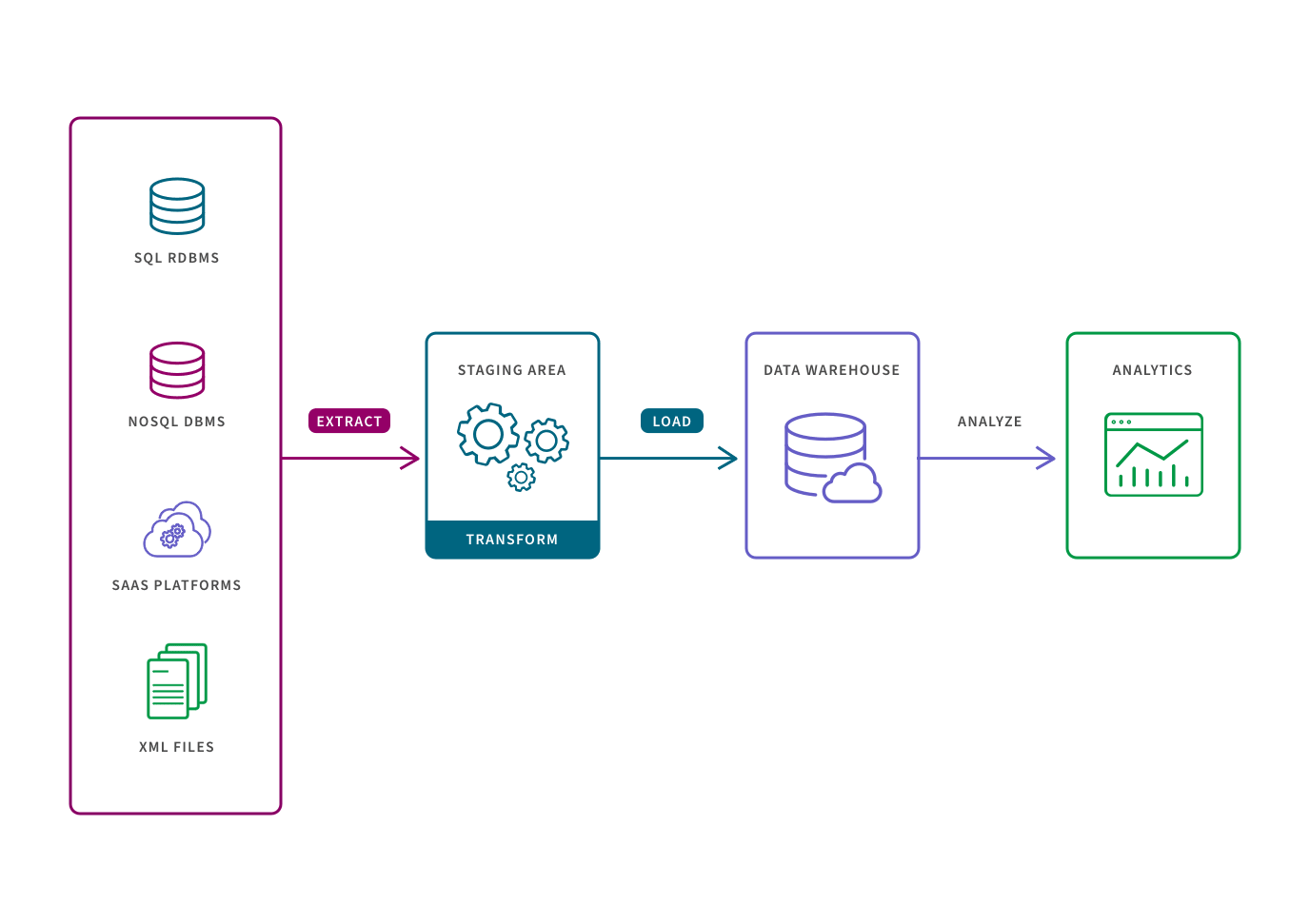Key Benefits
Using an ETL pipeline to transform raw data to match the target system, allows for systematic and accurate data analysis to take place in the target repository. Specifically, the key benefits are:
More stable and faster data analysis on a single, pre-defined use case. This is because the data set has already been structured and transformed.
Easier compliance with GDPR, HIPAA, and CCPA standards. This is because users can omit any sensitive data prior to loading in the target system.
Identify and capture changes made to a database via the change data capture (CDC) process or technology. These changes can then be applied to another data repository or made available in a format consumable by ETL, EAI, or other types of data integration tools.


















































